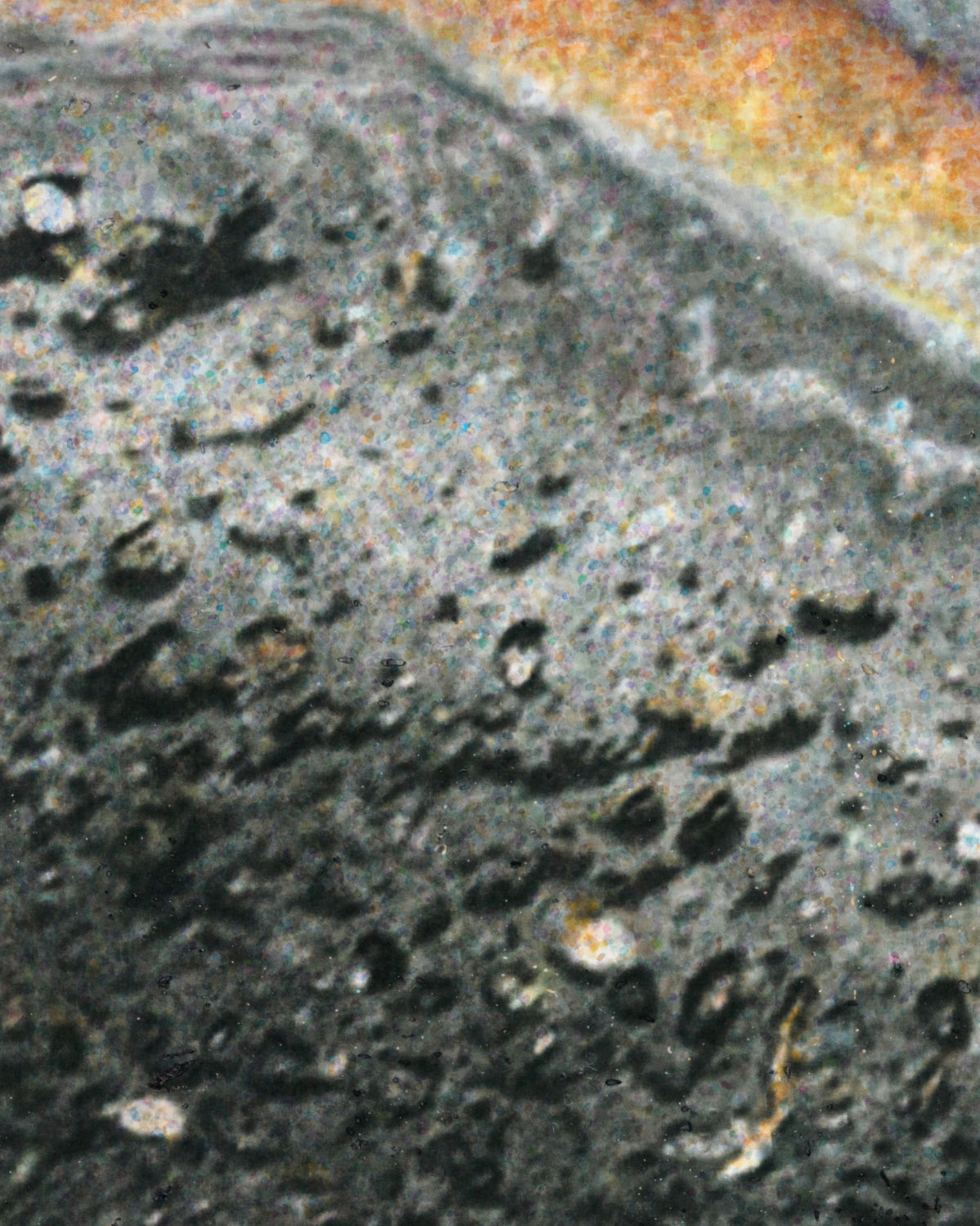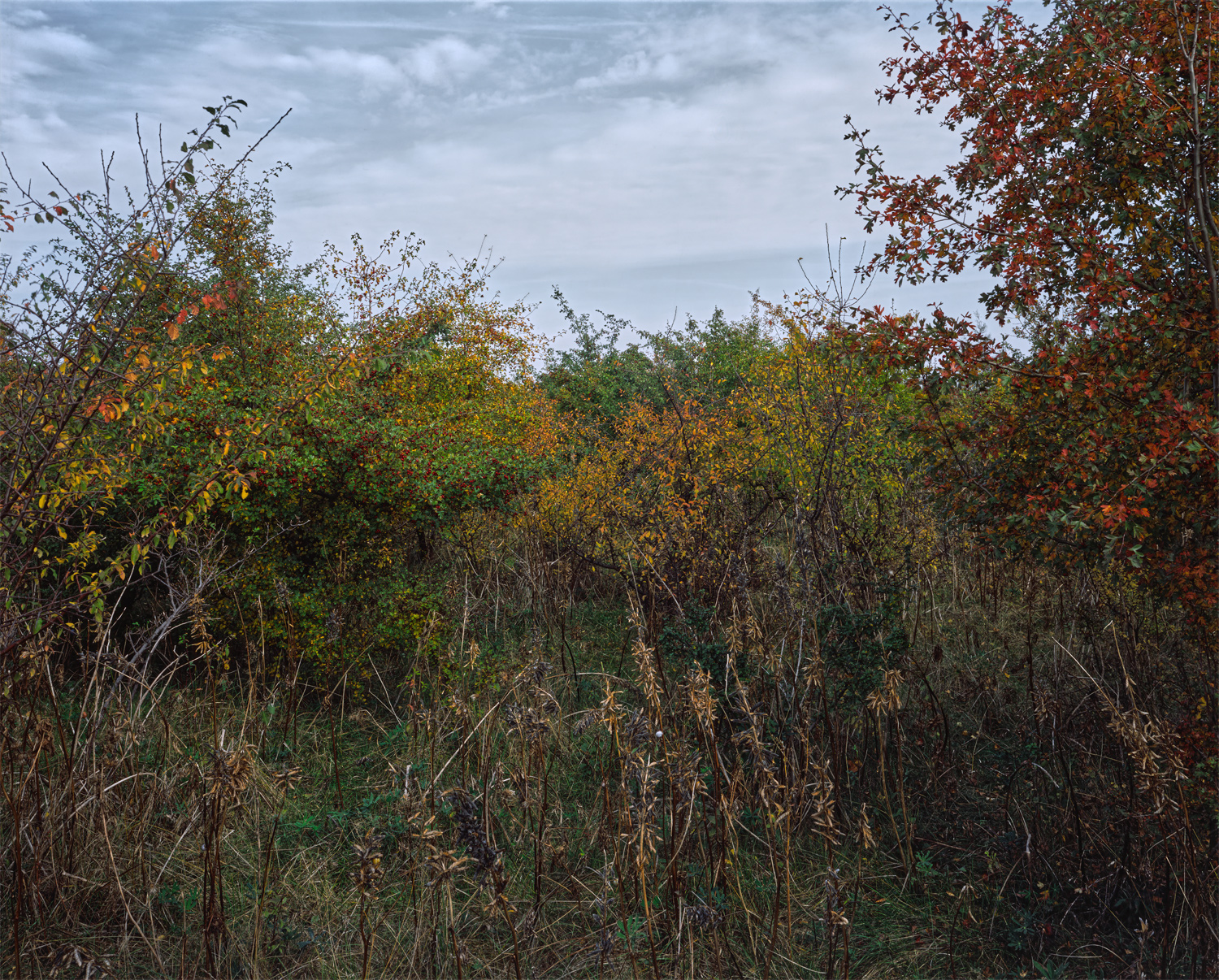
Plastic in the world’s oceans, chemical toxins in the groundwater, radioactive waste and other traces are omnipresent in the age known as the Anthropocene, the age in which humans have become the determining factor for the global ecosystem. While from a political point of view, generalised demands for climate-regulating and environmental protection measures are becoming louder and louder, at the same time the stressful transformation of the earth in the name of a conjured logic of growth is taking its course. Everywhere, and in some cases with irreversible effect, humans are leaving their destructive signature – in cities, layers of the earth, oceans, mountains, forests, living creatures and the atmosphere.. Where these traces are visible, we witness partly tragic, partly bizarre compositions.
The group exhibition Gespenster (Ghosts) deals with these traces in a dialectical way. What they have in common is a radical fascination for the material as well as ephemeral remains and waste products of human practice in urbanised living spaces. The combination of a critical-documentary and a utopian view open up new perspectives on the future coexistence of man and the environment.
Lukas Treiber
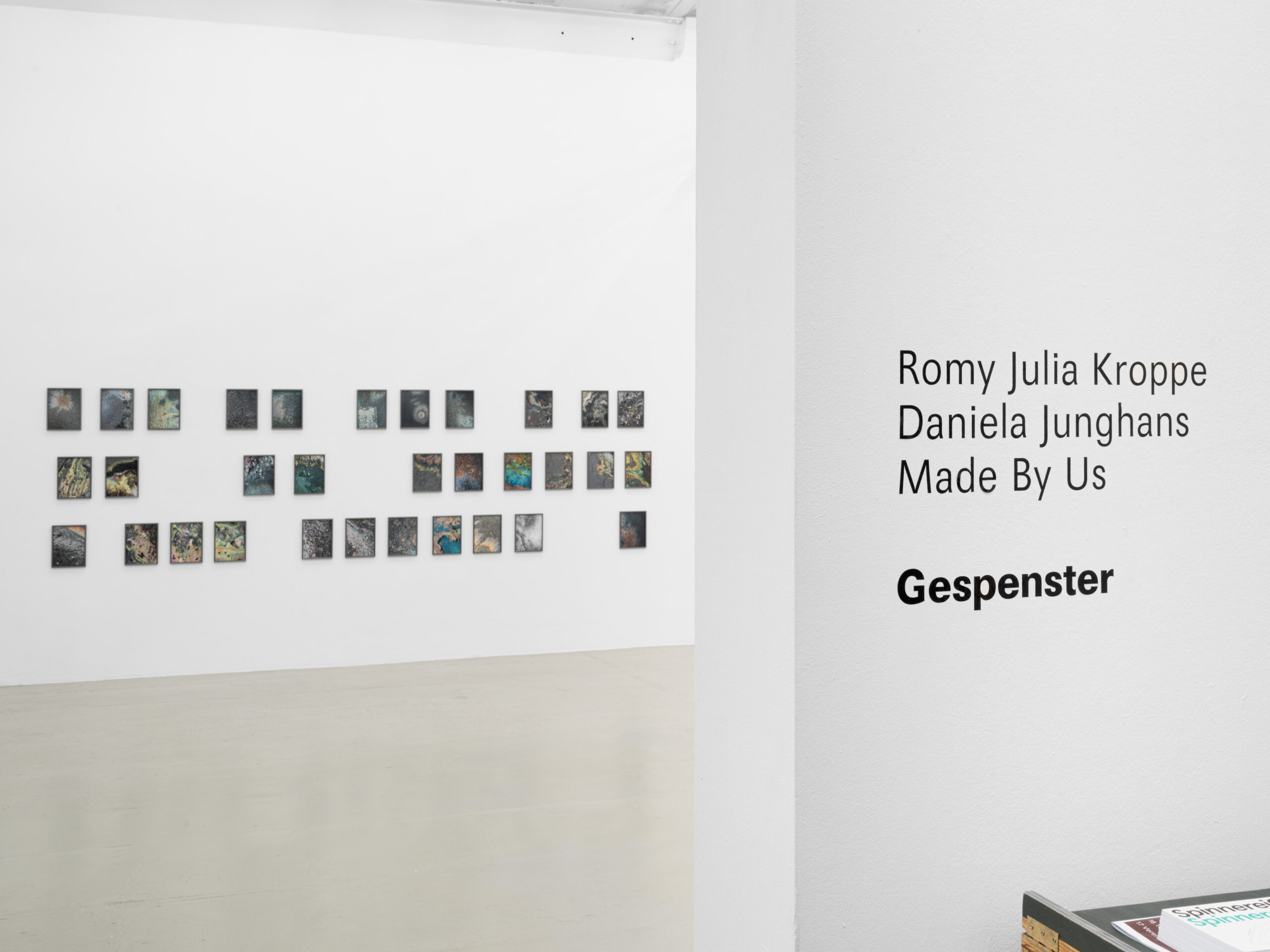
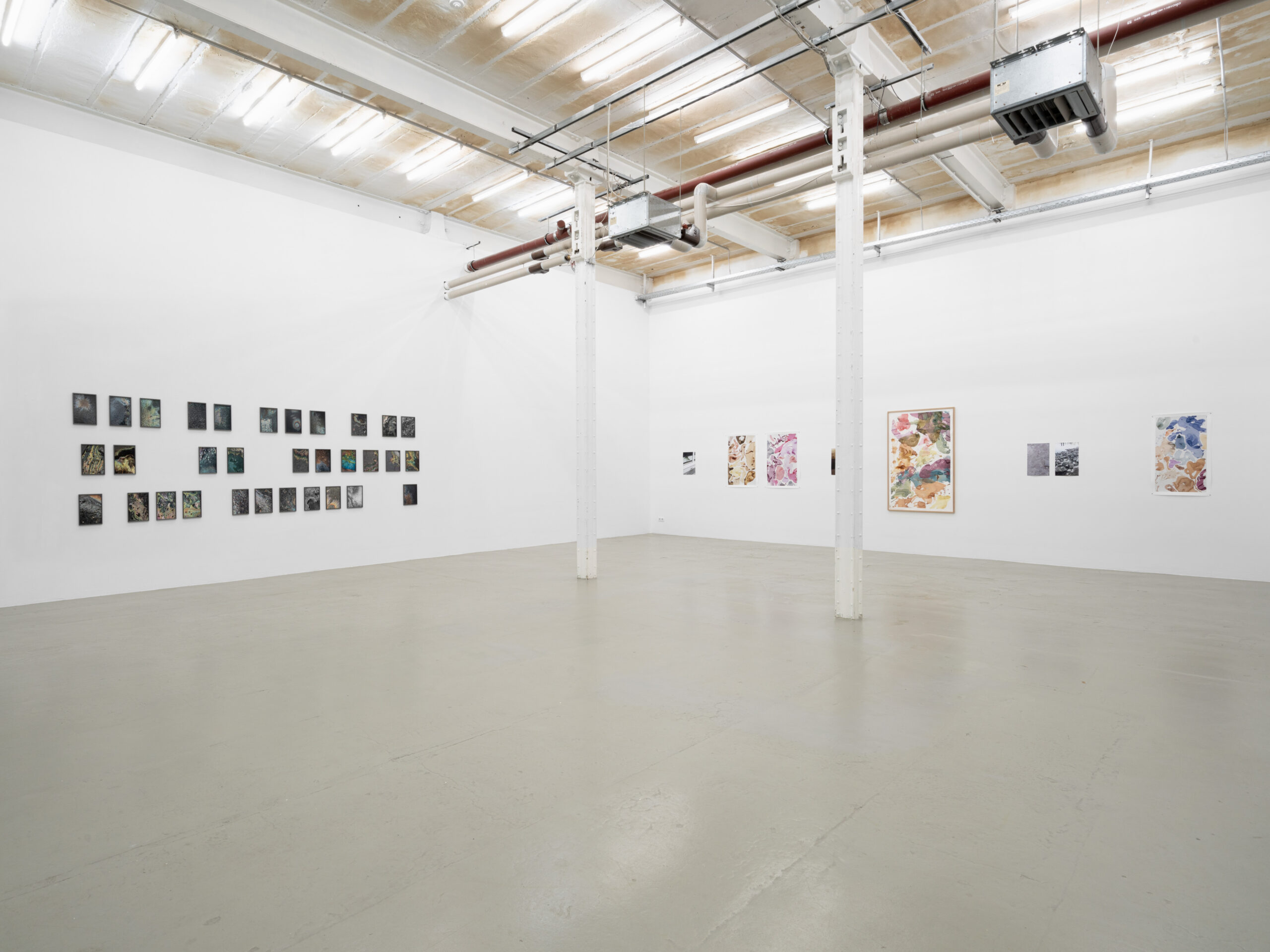
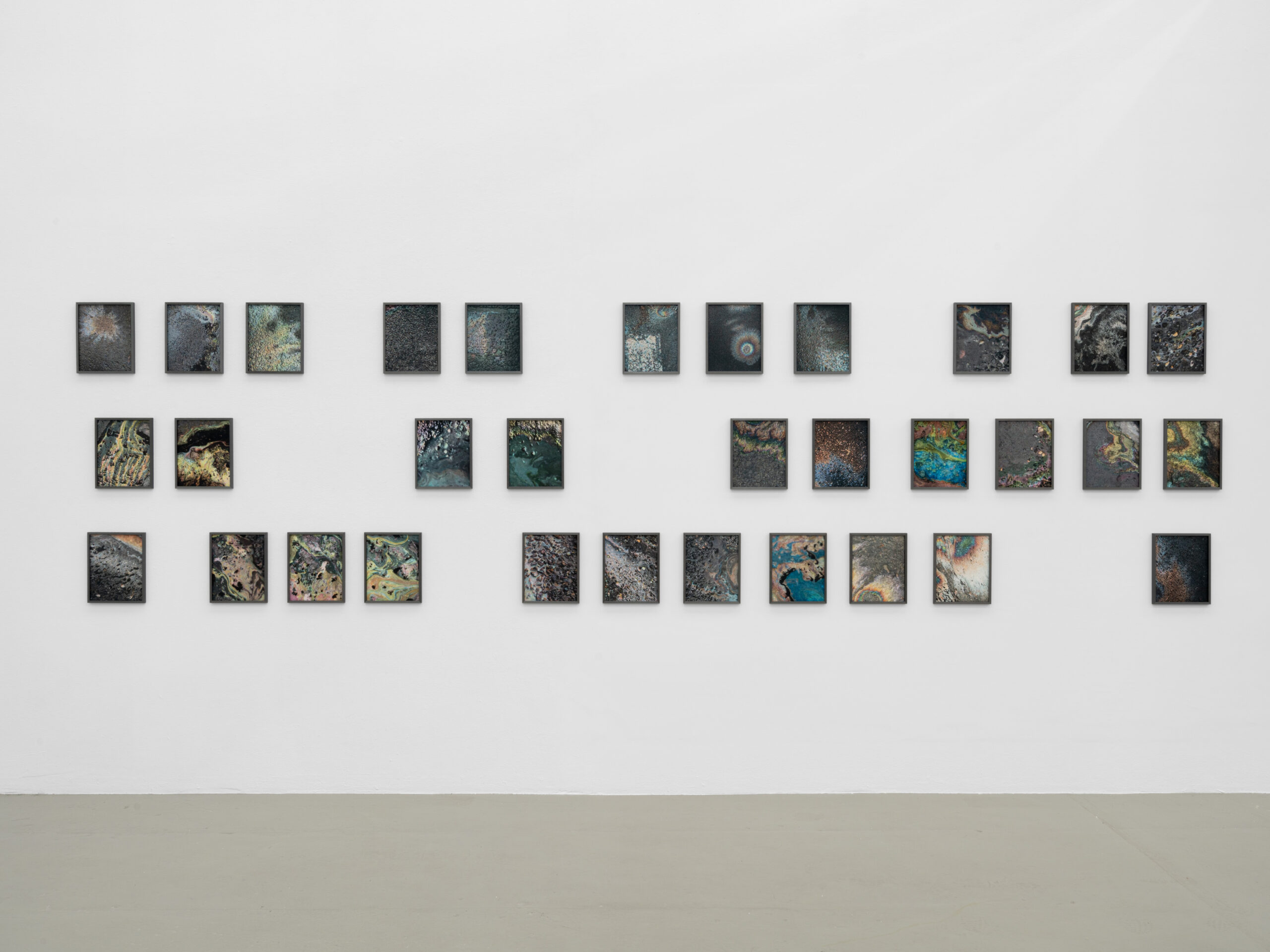
Series Asphalt, 2022
32 pictures, 24 x 30 cm
Watercolour, acrylic, acrylic transfer on paper
Romy Julia Kroppe negotiates the subject of traces in a delicate process of transformation and abstraction through painting, photography, collage and printing techniques However, she uses manipulated photographs to complement her watercolor and acrylic paintings with a layer of alienation. This creates a tension between reality and fiction. It is due to Kroppe’s interest in form that the selection of motifs is hardly focused on figurative elements, but rather on arrangements of human remains in a variety of manifestations in the landscape. In the same way that human remains are in different ways across the space, complementing or contrasting with it, Kroppe’s compositions Cretaceum and Strand Bühne appear in refined-stimulated contrasts, in which their layering and collage character has become almost invisible. In the large-scale series Asphalt, Kroppe examines the landscape-like diversity of colour and form that emerges from the interaction of petrol and road. The contrasts shimmering in rainbow colours, the organic gradients and the harmonious assemblage of the image sections initially allow the underlying problem of environmental pollution to fade into the background, and then immediately bring it all the more clearly to the attention of a critical viewer.
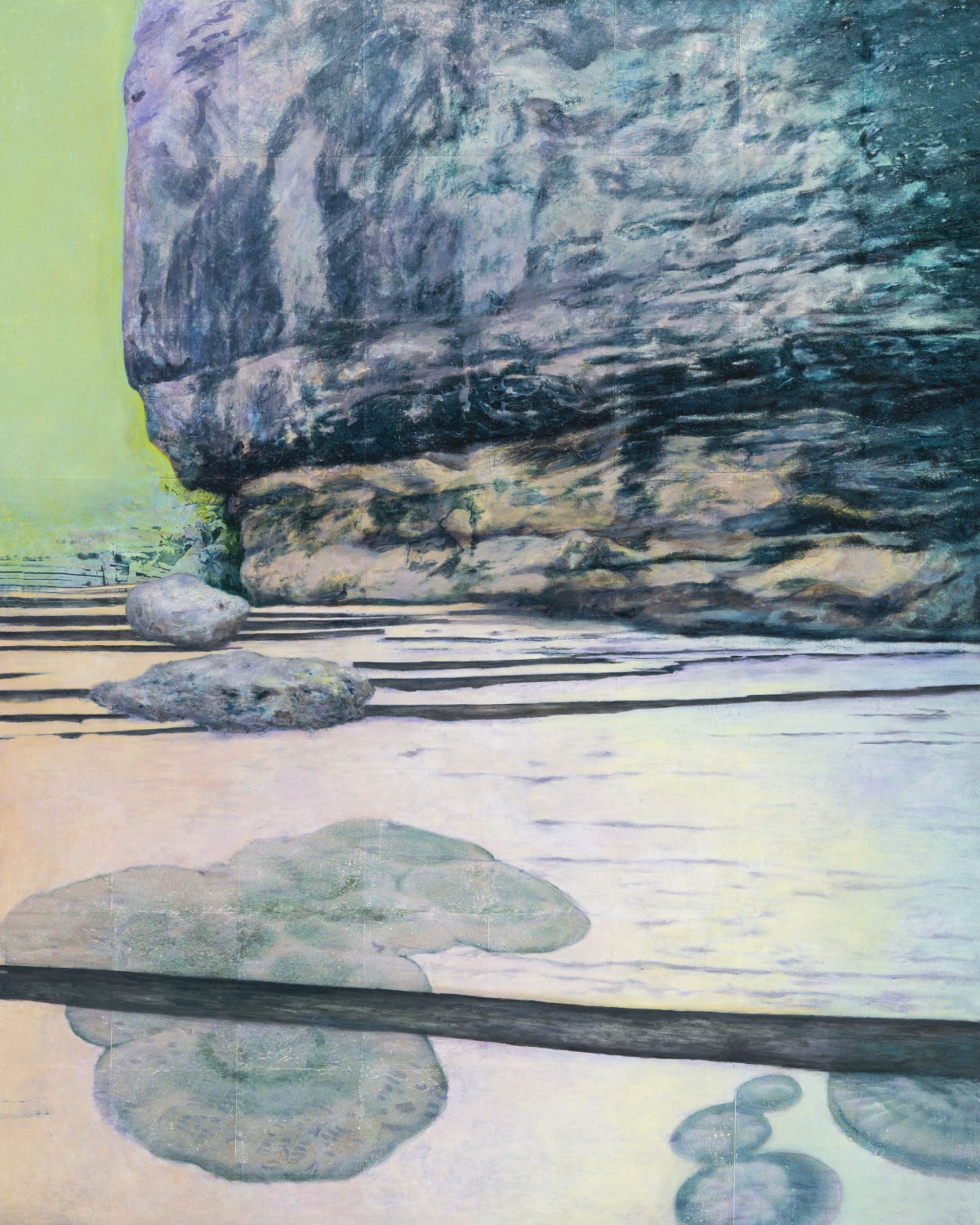
Cretaceum, 2021
212 x 270 cm
Acrylic, acrylic transfer on paper
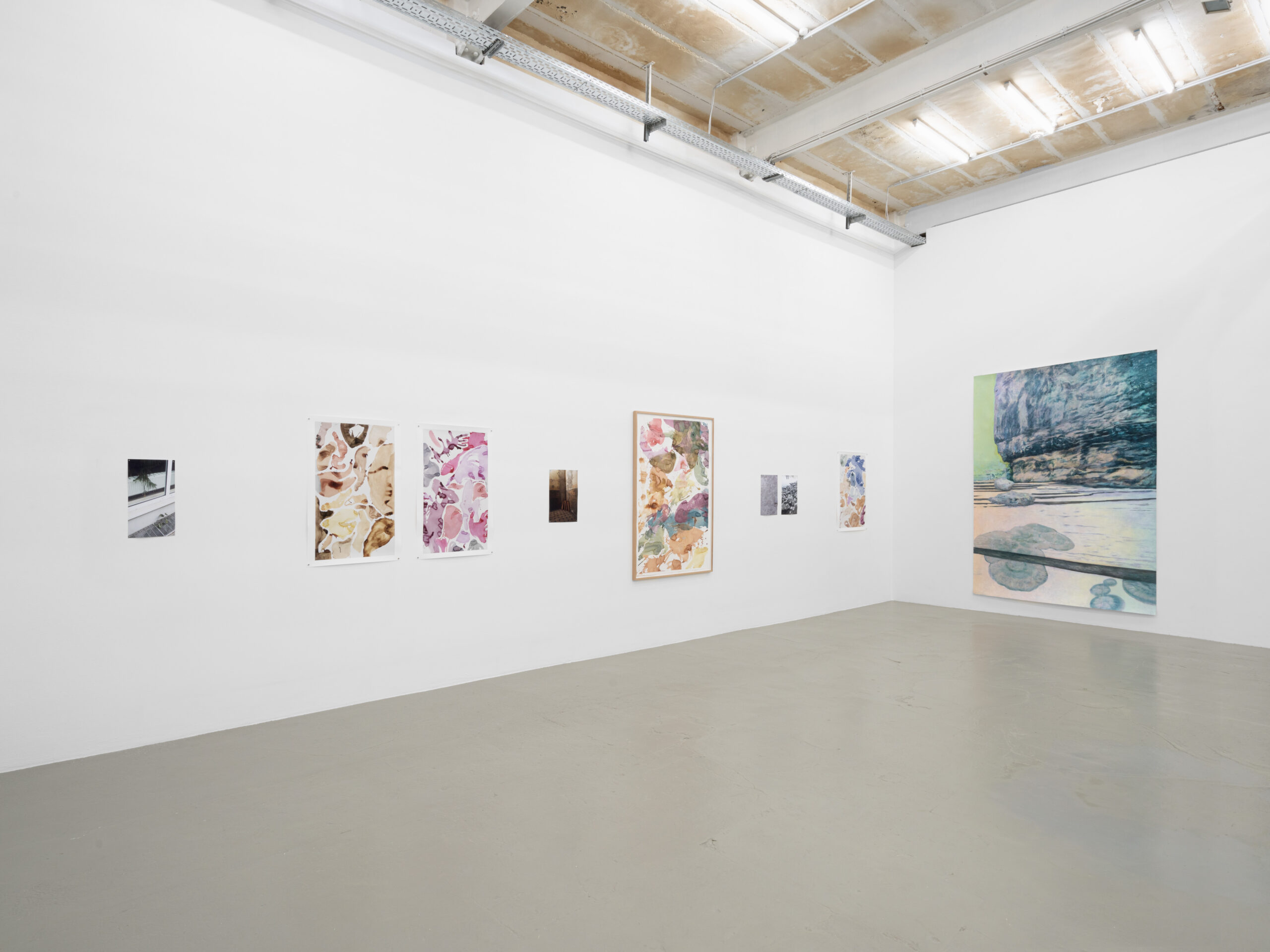
For Daniela Junghans, the experience of nature from an imminent urban perspective is at the center of her work. This ranges from exact photographic and film documentation to painting, in which Junghans tactilely tests variants of abstraction and idealisation.
Using a specially developed manufacturing process, she refines plant parts collected in urban spaces into paints, which she applies manually to large-format paper. The experience of nature is given a second dimension by the manual process of touching and rubbing the paint onto the ground: Through the physical-sensualistic reference to the derogatory material that literally enters into the work, the impulsive impressions of urban environments are sublimely integrated into the formative. The use of plant-based paints creates surfaces that are transformed by chemical processes. This artistic decision to use ephemeral means of expression, as seen in Works No. 36 – No. 38, testifies to an approach to natural materiality that hints at something of the desire for reconciliation between man and nature, without revealing the divisive gulf between them. The counterparts to the idealistically colored plant paintings are represented by Junghan’s ́ photographic works, which emerge from a critical observation and document man-made processes of alienation and intervention in the sphere of the floral and mineral.
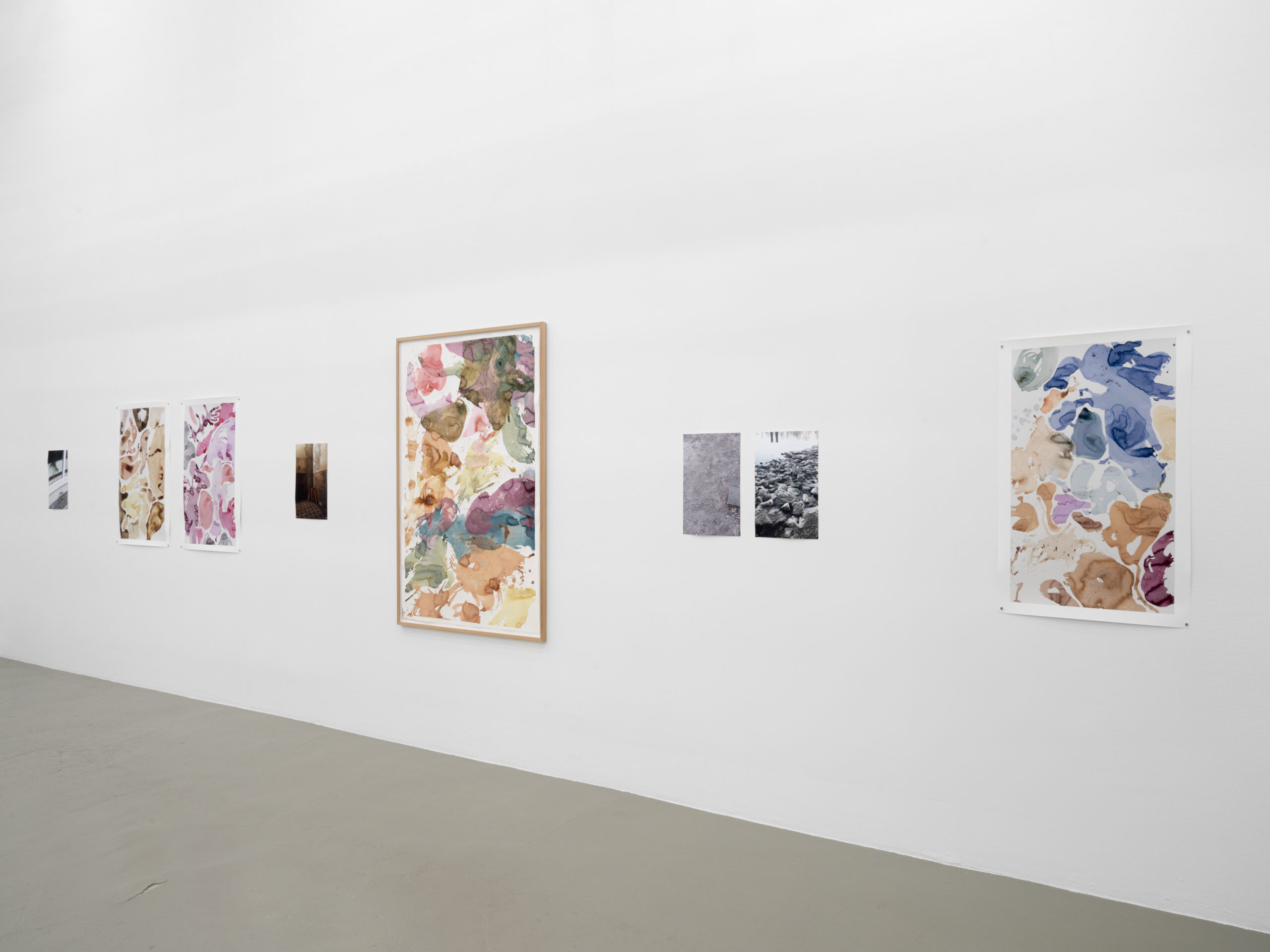

Approach, 2022
30×45 cm, digital print on Photo FineArt Rag
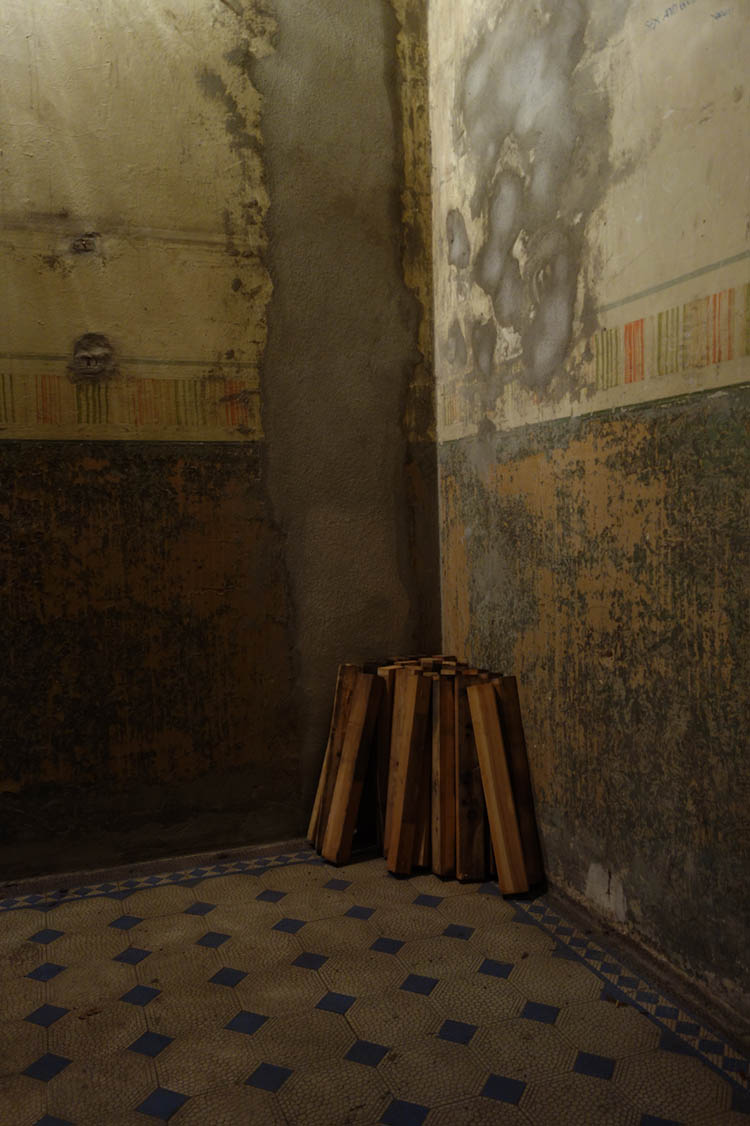
Staring into the fire, 2022
30×45 cm, digital print on Photo FineArt Rag
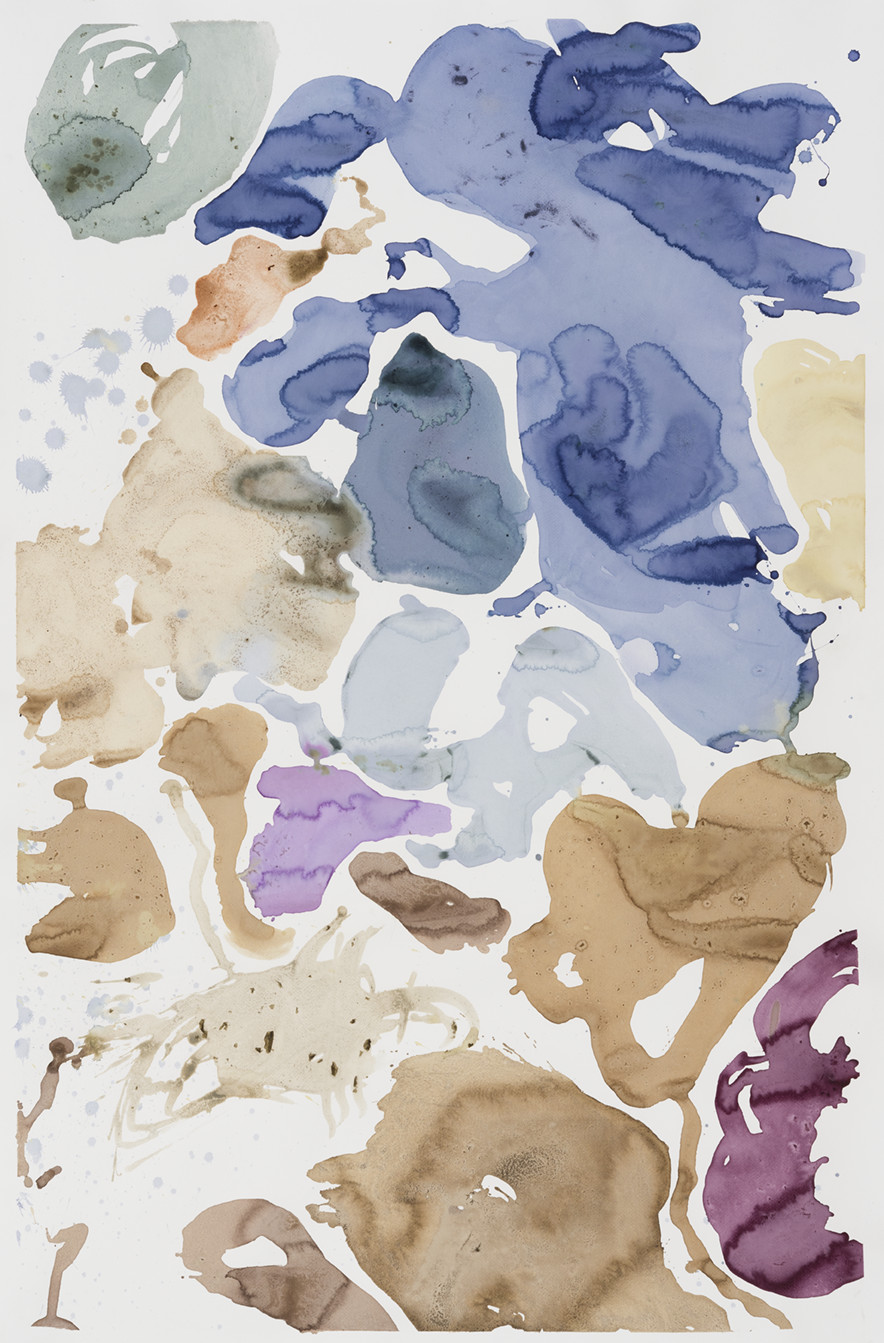
No. 38, 2022
100×70, digital print on Photo FineArt Rag

No. 37, 2022
100×70 cm, digital print on Photo FineArt Rag
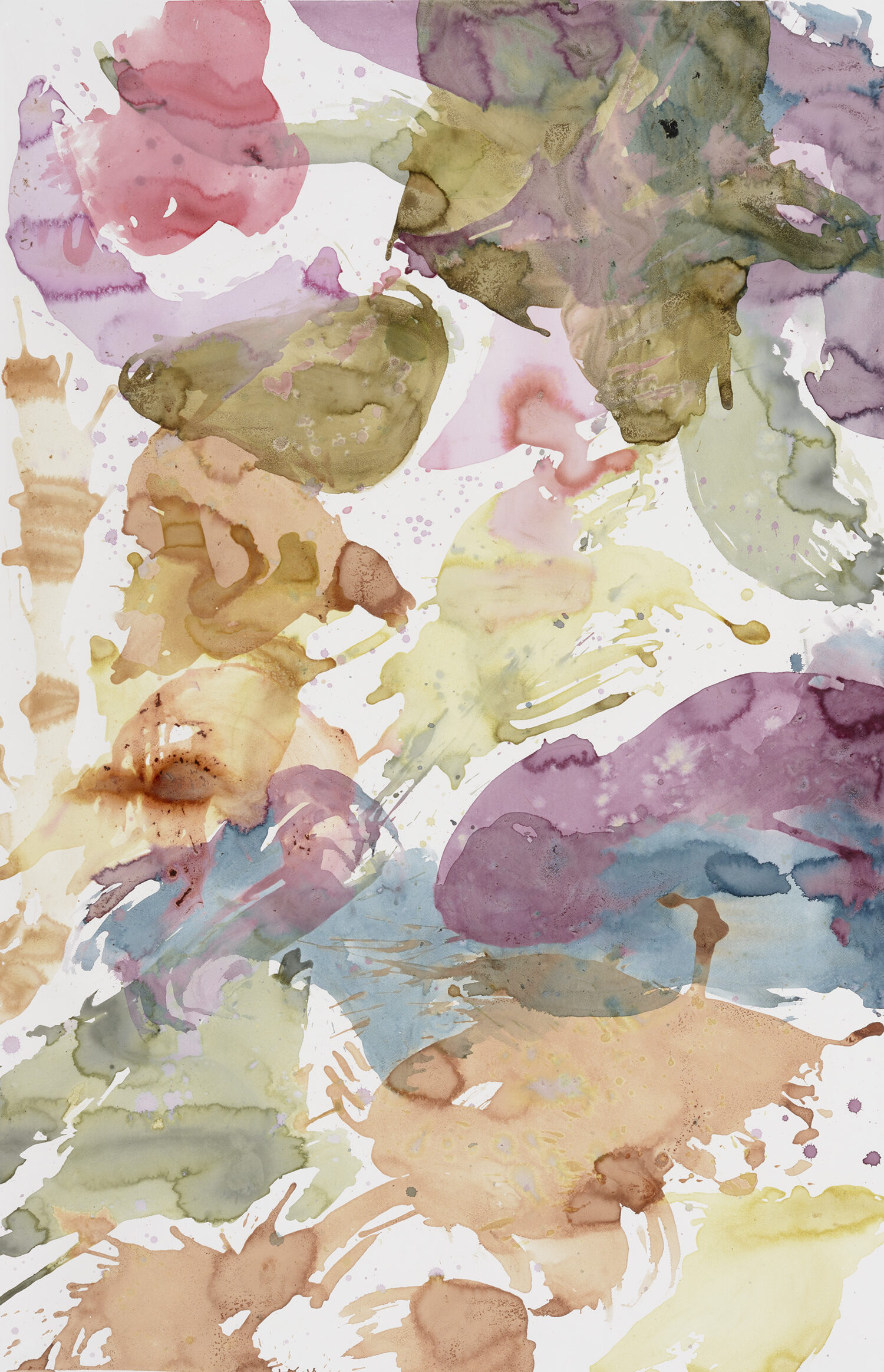
No. 36, 2022
150×100 cm, plant paint on paper
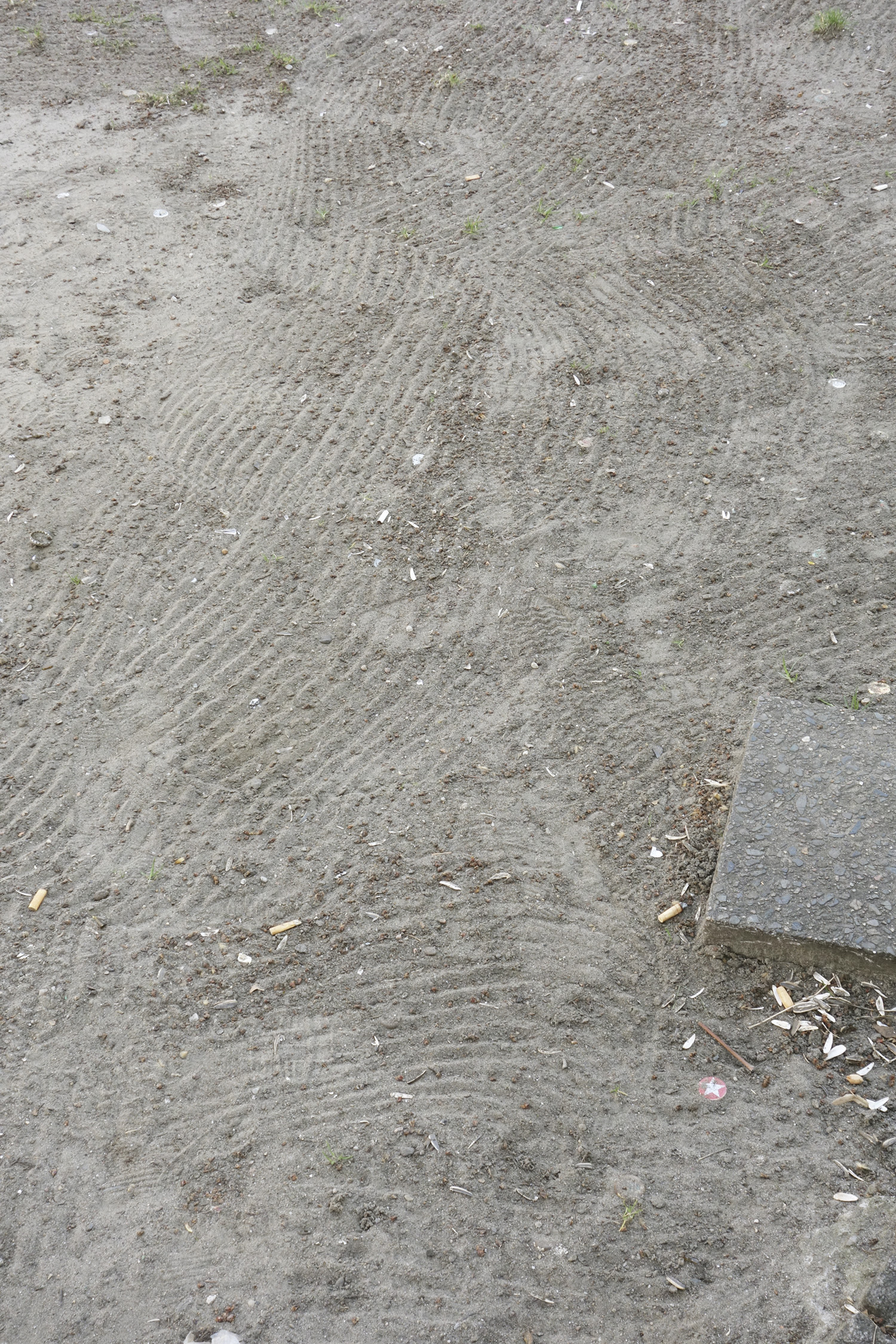
from the series Transformation, 2019-2022
30×45 cm, digital print on Photo FineArt Rag
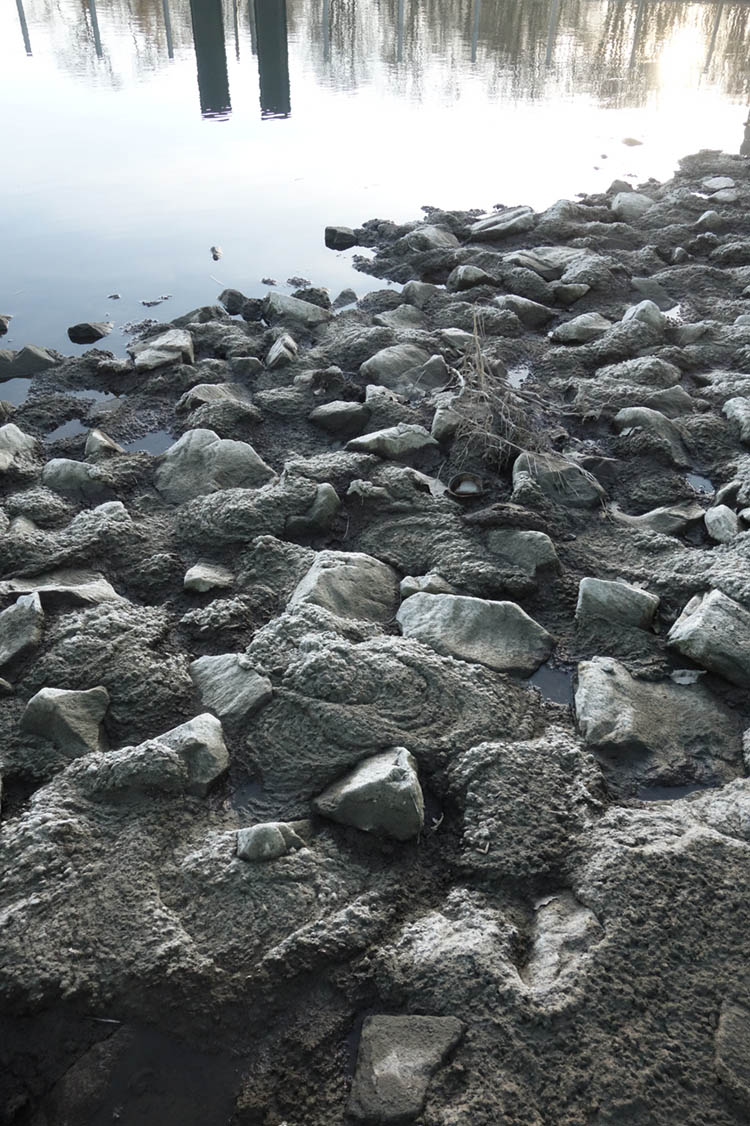
from the series Transformation, 2019-2022
30×45 cm, digital print on Photo FineArt Rag
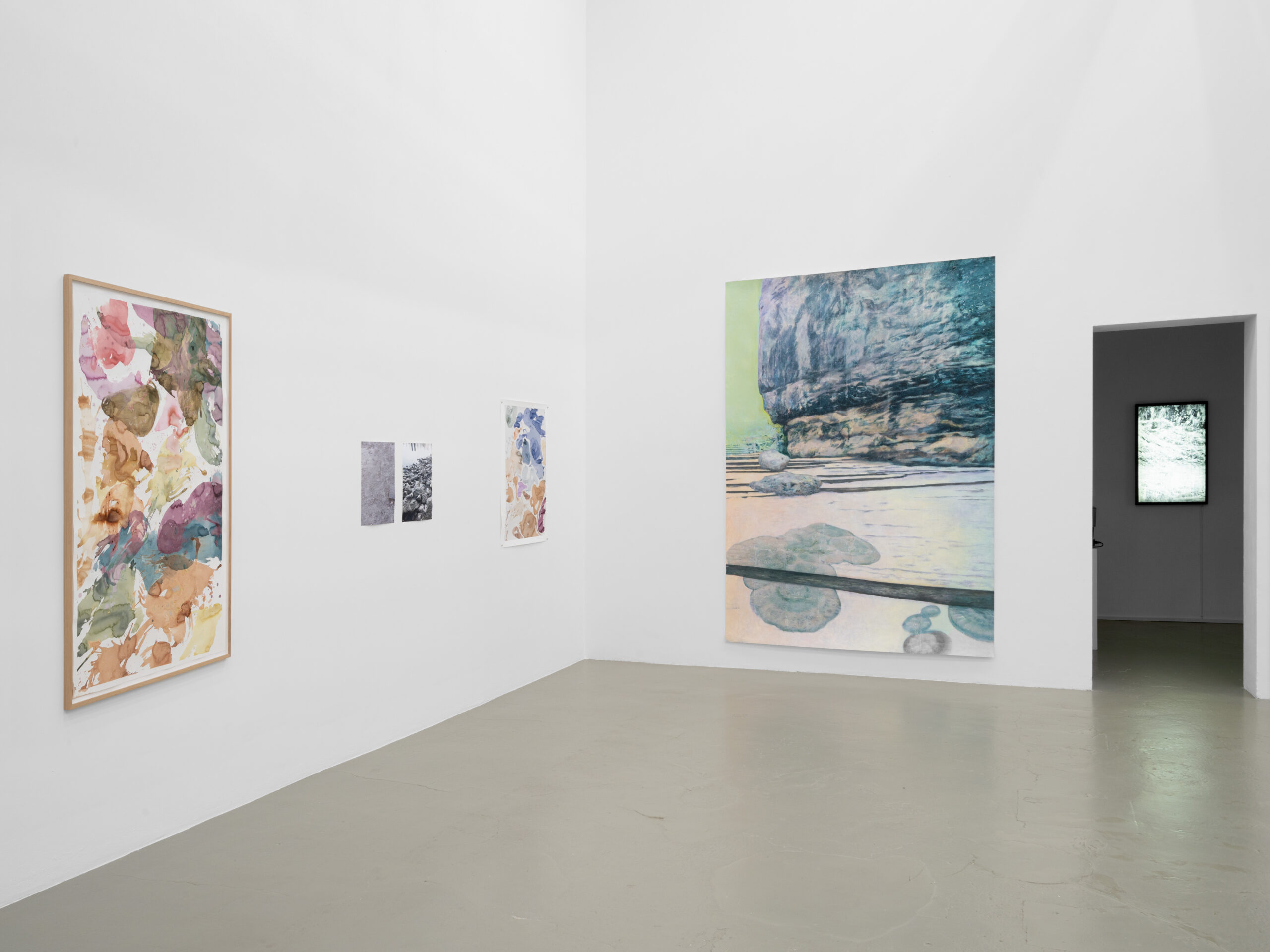

Like ghosts whose presence we sense without seeing them, the most inconspicuous of human traces have a threatening effect. Richard Welz and Saori Kaneko explore this effect in their duo project MADE BY US. Using photography, painting, and installation projections, they explore the possibility of imaging processes to help invisible phenomena such as atomic radiation become visible. Their works, at the same time, function as memorials and monuments. In their first collaborative work after the nuclear disaster in Fukushima, they used X-ray images to graphically record radioactivity near the Japanese power plant and in eastern Germany. In correlation to the contamination of the environment, small dots or whole areas have formed on the radiation-sensitive X-ray film, which could be projected onto slides by colouring and transferring them.
The works Paradies and Abbau shown in the exhibition were created against the background of this initial project. These focus on the current handling of permanent disposal sites. For this purpose, the duo looks to Morsleben, whose preserving rock salt chambers are known for their ideal insulating properties, and to the Ronneburg tailings pile, whose renaturation has created an apparent native biotope and fantastic natural paradise, beneath whose surface, hidden, the numb rock continues to radiate.

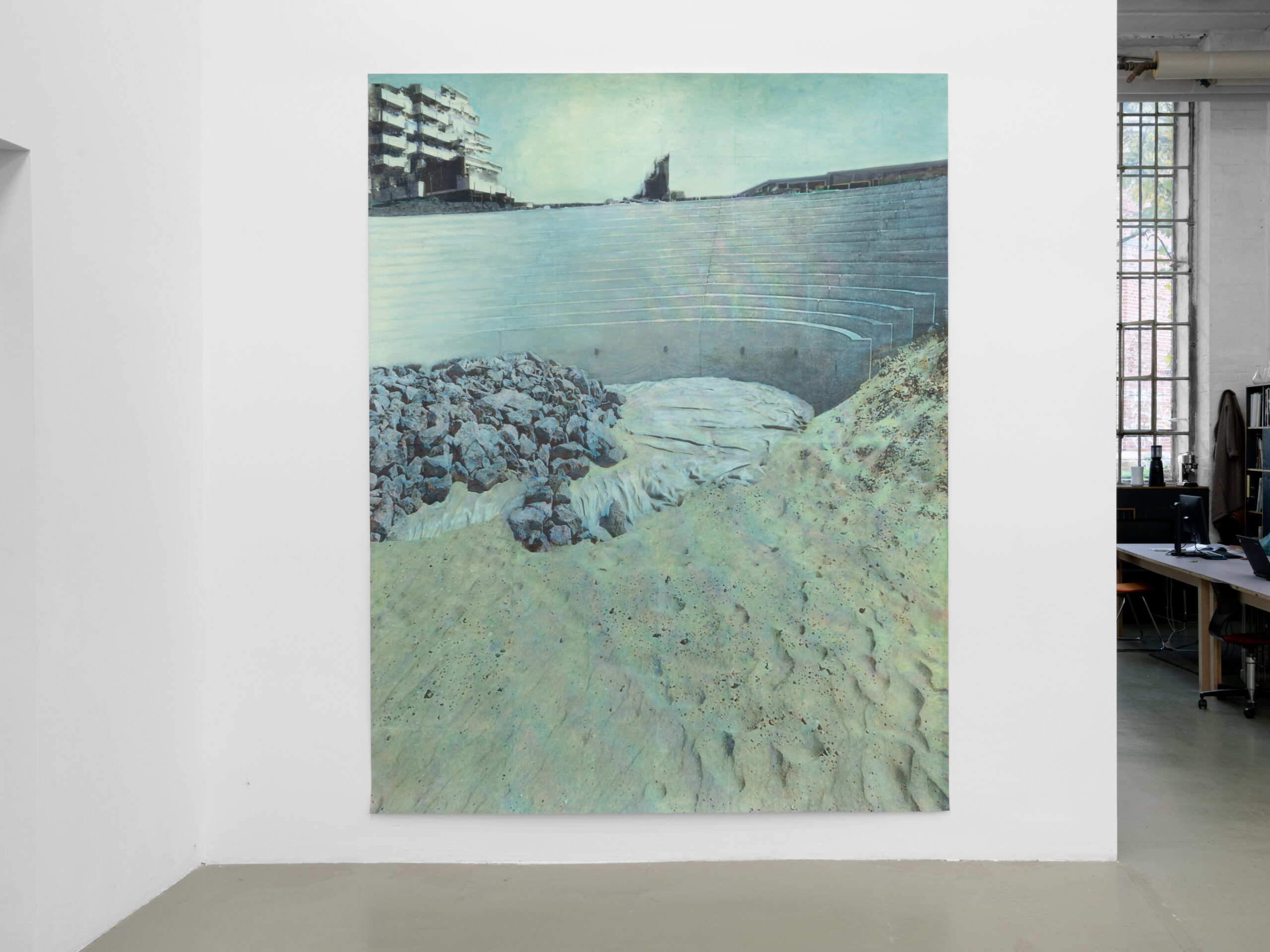
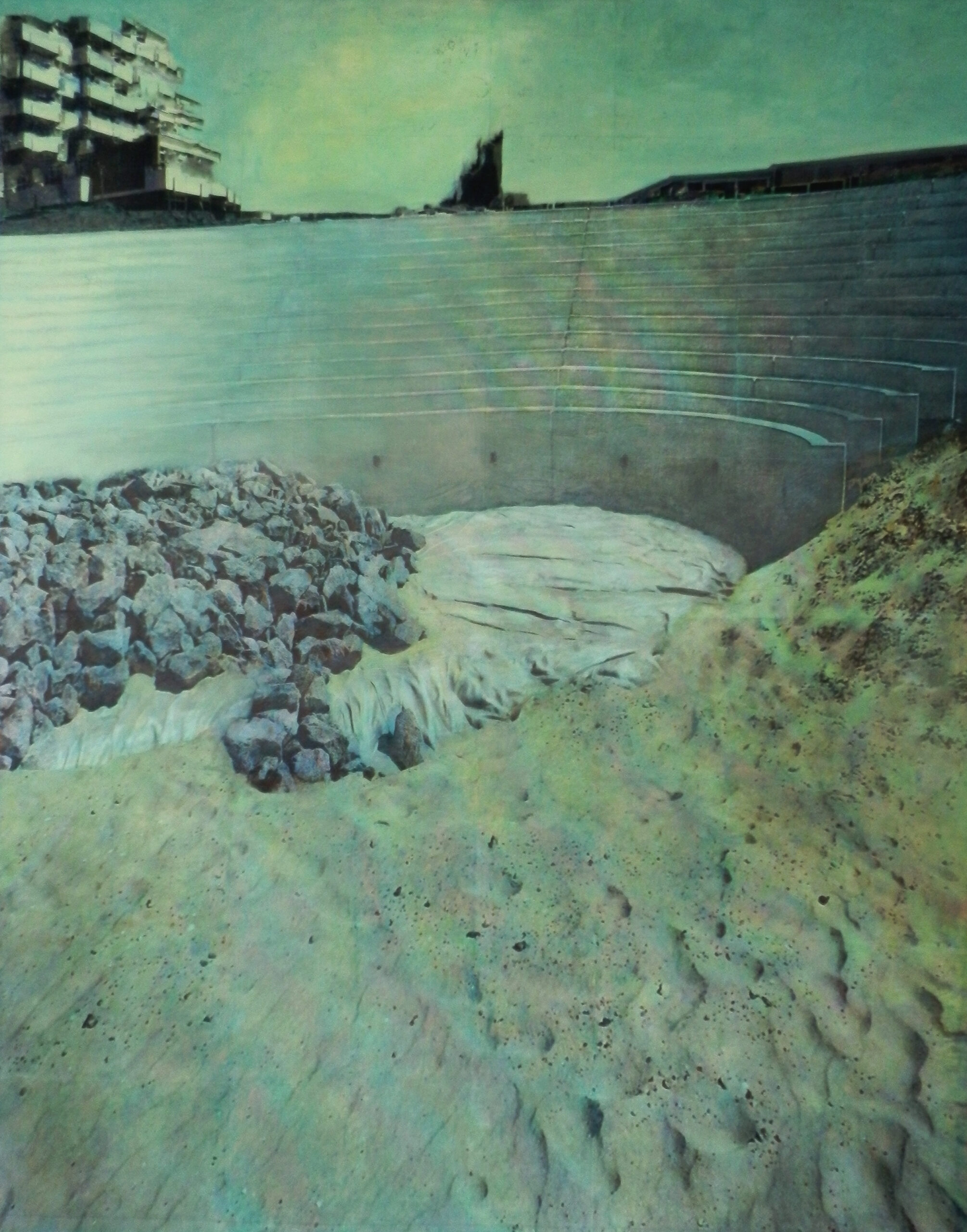
Beach Stage, 2022
212×270 cm, acrylic
Acrylic transfer on paper
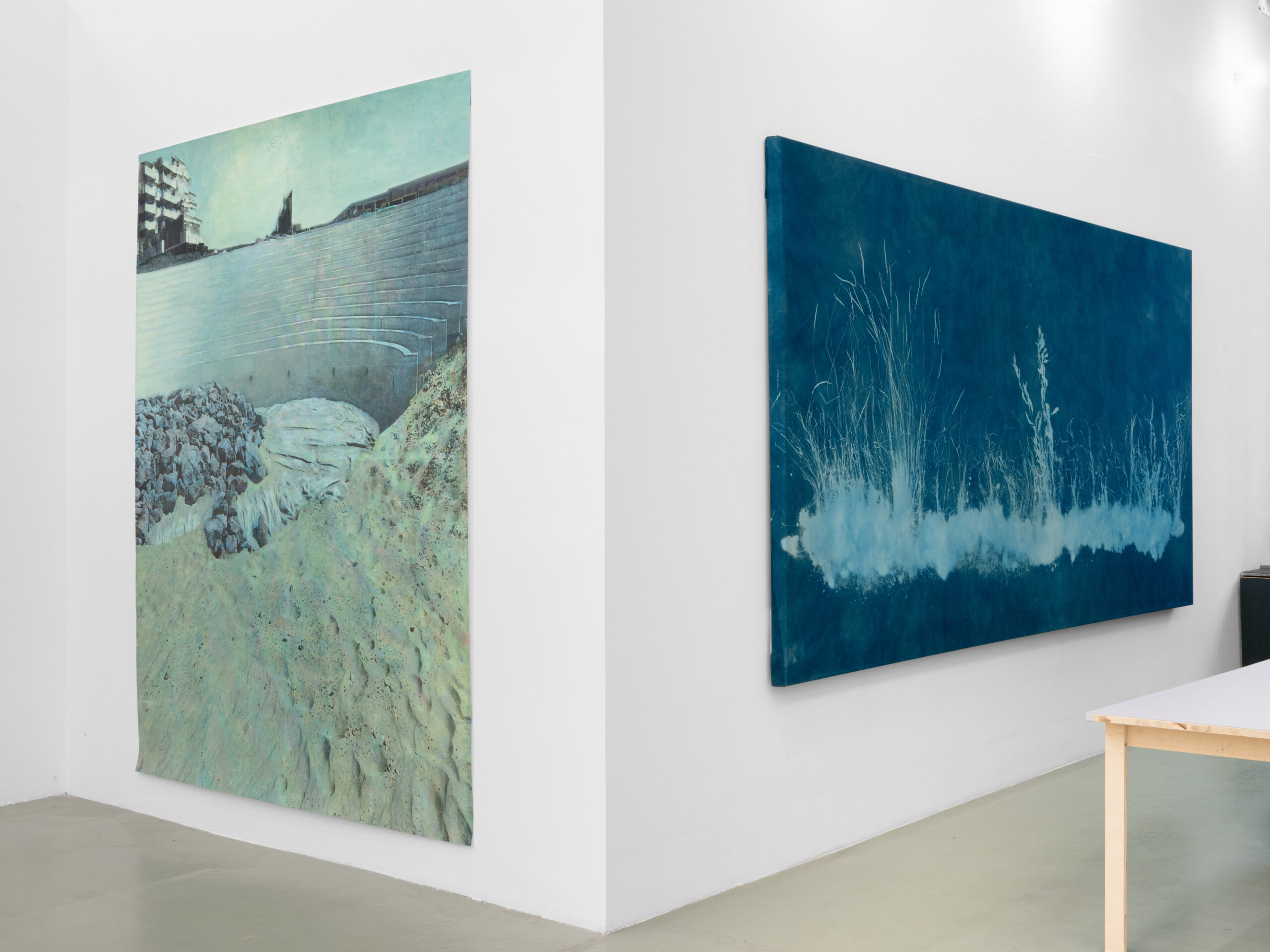
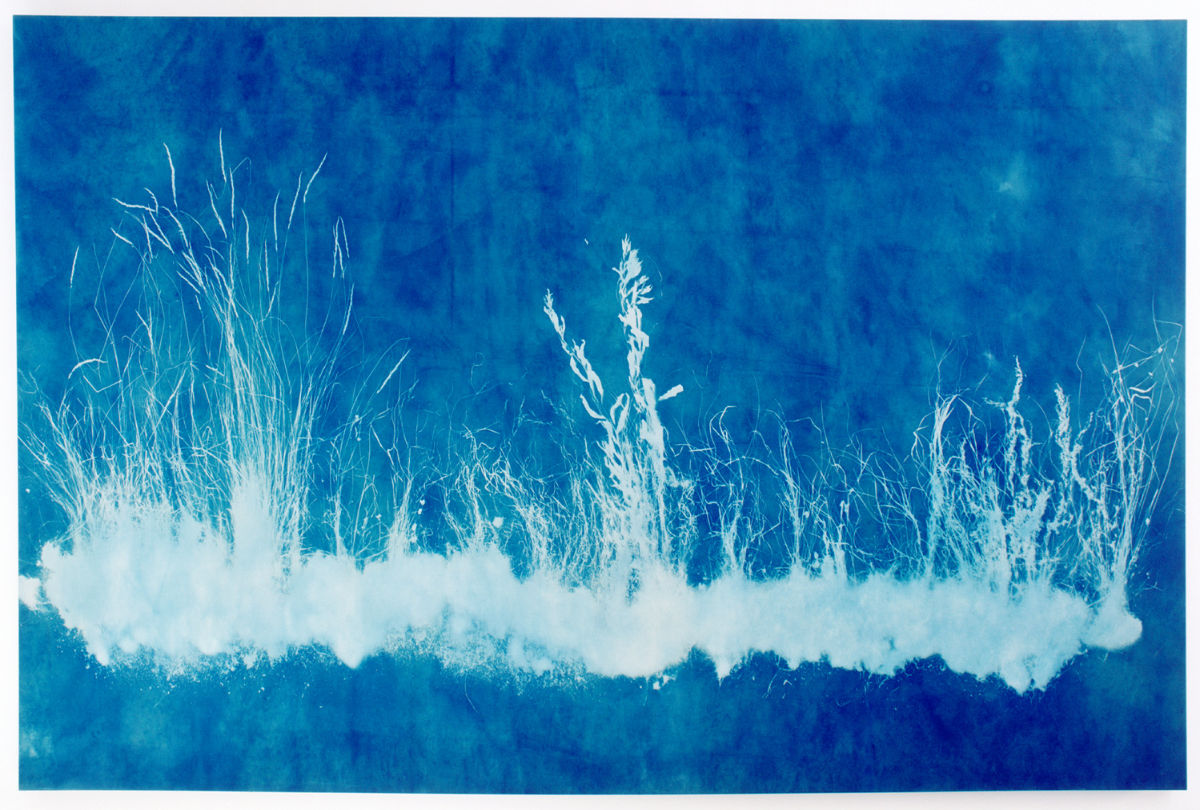
200×400 cm
Cyanotype on cotton







